When Volkswagen first started selling their Passat in Malaysia, everyone took notice. The car took Malaysia by storm, shaking up the previously Japanese dominated D-segment with a German sedan that was finally within reach of many. Finally, one’s first taste of the executive class didn’t HAVE to be bland. The B7 was handsome, inside and out and it had an unfamiliar drivetrain with a smaller displacement turbocharged engine and dual-clutch transmission.
At the time dual-clutch gearboxes weren’t very accessible here and boy, did we want the DSG. Sure, some of the strange characteristics and quirks took some getting used to, but strictly speaking the thing was exciting to use and it made the car fuel-efficient despite its weight. Needless to say, the Passat was the obvious candidate to locally assemble when Volkswagen Group Malaysia (VGM) decided to make that push.
The first CKD Passat was introduced to the market in 2012. Three years down the line, the RM1.6 billion plant now churns out 4 of the 15 Volkswagen models available in Malaysia. VGM opened the doors to its plant to 50 members of the media on the 19th of March in order to show how big of a commitment it has made to the marriage of German engineering with Malaysian manufacturing.
The Trick Is In the Technique
The tour demonstrated just how well the operations at Pekan are managed. The large investment of manpower and equipment that Volkswagen has put in to it really shows. The Body Shop assembly line on the plant floor, for example, is capable of putting together chassis components for all four models and is the only one of its kind in the world.
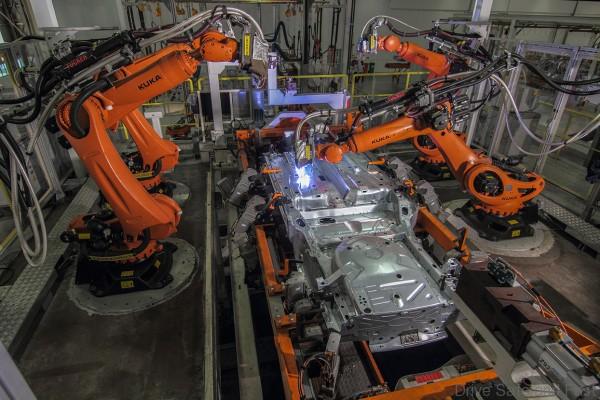
They even have a Laser Welding System, which is only found on the most advanced of car-making facilities. What the system does is allow for unrivalled soundproofing as roof panels are joined to their respective bodies in a single sweep. It’s a delicate, precise and rare piece of manufacturing equipment that gives the Pekan-produced VWs the same level of refinement that has become synonymous with the brand.
Producing 40,000 vehicles a year while maintaining world-class QC standards is where Volkswagen’s experience in the industry really comes into its own. Each vehicle is assigned a VIN number, and every single component that goes into a particular car, save a few nuts and bolts, is tracked.
At various stages, tests are performed and the results are stored on a microfilm and saved digitally for future reference. This means that official service stations will be able to identify the exact data that was recorded by the assembly plant no matter where you are.
The Pekan plant has plenty of support staff from around the world who guide and oversee the product every step of the way. Hundreds of tests are carried out on each vehicle throughout the process to detect even the slightest anomaly.
In addition, a random body gets pulled off the line every day to ensure the automated processes are still calibrated to produce perfect results. Even after the inspections, the cars get sent through water tests for leaks and are put through dyno-like machine to have their brakes evaluated. To ensure the cars are able to take Malaysian roads, they get sent through a test track that simulates everything from potholes to cobbled roads.
High-Tech, High-Volume
The only real difference between the processes at Pekan compared to those that would be found in a European VW plant is the level of automation. This just means that instead of conveyer belts, a worker manually moves units down from his station to the next and there are still many instances where people are required to get the equipment and measuring tools moved to the right spot.
Staff undergo a few weeks of training before being assigned to a station, so that once they’re working, everything moves like clockwork. The benefit of using Malaysian manpower in favour of pure automation is that VGM employs almost 600 people in its Pekan operations and cuts down on operating costs, translating to lower prices.
The Pekan operation sources parts from around the globe through DRB-Hicom Auto Solutions. The Polo Sedan and Hatchback have drivetrain components imported VW’s South Africa plant, whereas the Jetta and Passat that feature complex TSi engines and DSG gearboxes, have those sourced from Germany itself.
A large portion of the components that go into these cars also come from India and Mexico too. There are a number of locally made parts which include seats, exhaust pipes, and factory harnesses but more will be added in future.

Final Thoughts
For VGM, the risks involved as a late comer to the CKD game were immense, but it was a challenge that they were able to rise to. The partnership with DRB-Hicom led to some unique strategies on the manufacturing floor. Nowhere else in the world will you find paint facilities shared between Volkswagen, Suzuki and Mercedes-Benz, but it was a compromise VGM was willing to make given the confidence they had in their processes.
VGM is quite obviously eyeing to completely rid the stigma of European cars in Malaysia being inaccessible. They did this with the Passat B7, and we’re already beginning to see the Polo and Jetta establishing their places in Malaysian car culture.
Managing Director Armin Keller was asked, or rather asked us, what the next CKD Volkswagen model would be. Sure, most of the motoring media yelled for the Golf only to be shot down by reality checks. But there seemed to be a hopeful twinkle in Mr Keller’s eyes when asked if the new Passat B8 would be made here. He smiled while telling us that they were still carrying out feasibility studies. 3 years of success with the B7 model seems to suggest which way that decision might tip, but until the official word is out we’d rather not set our hopes too high.



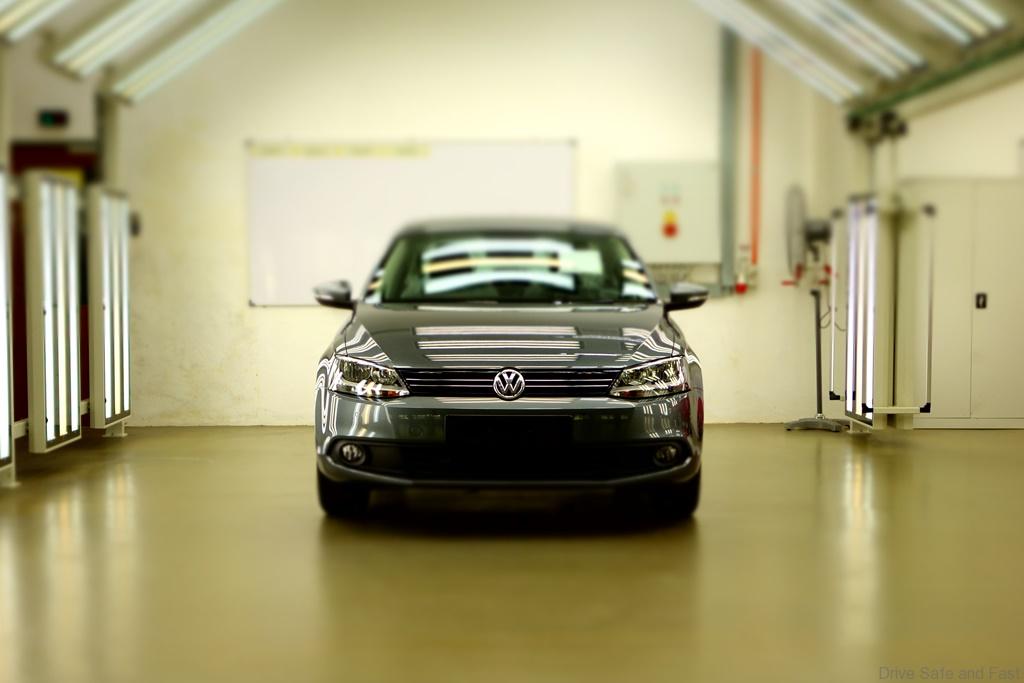
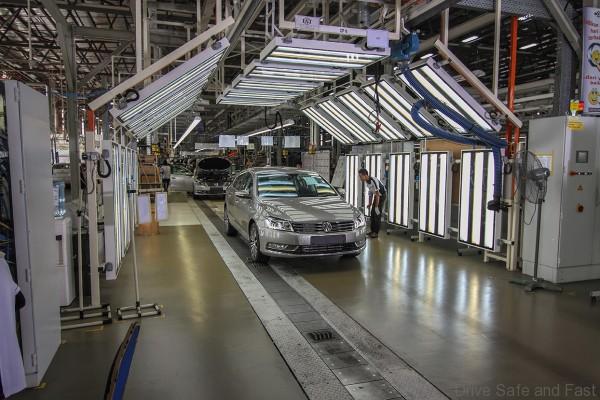
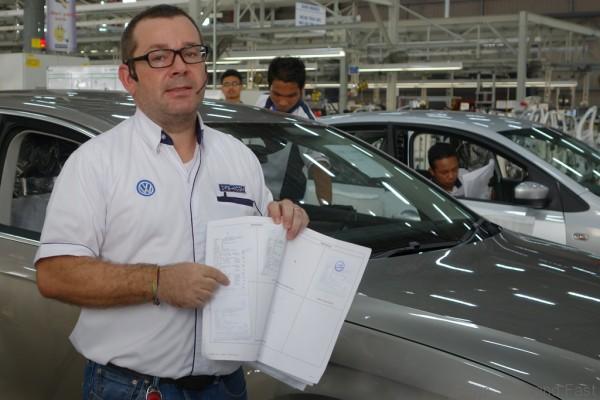
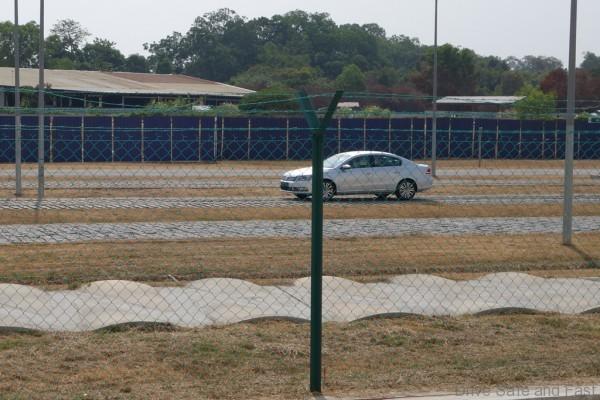
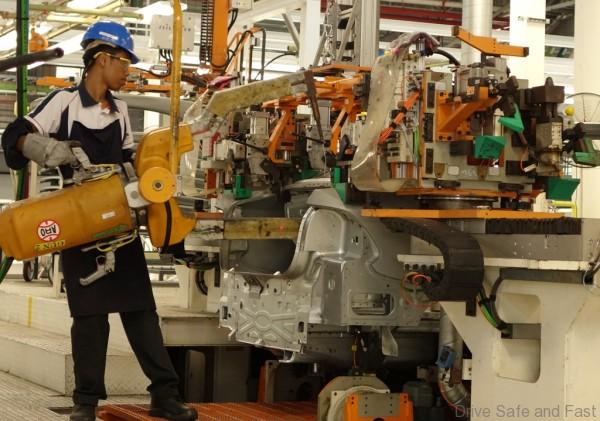

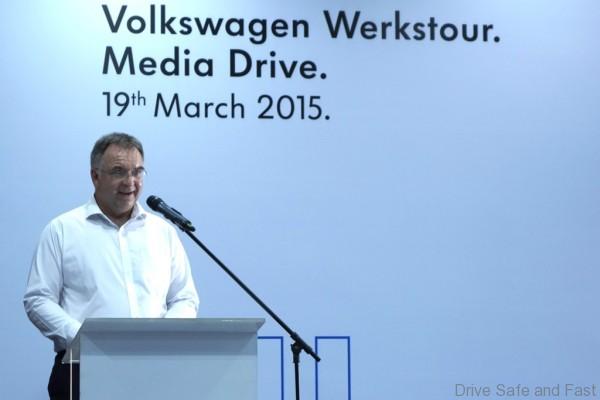
Good write up.